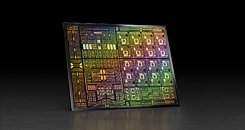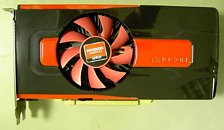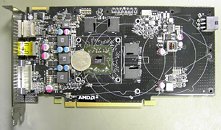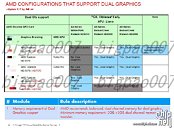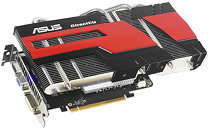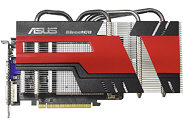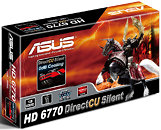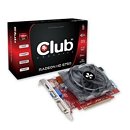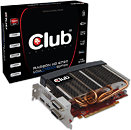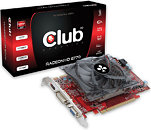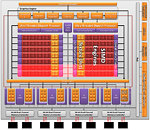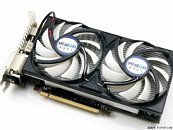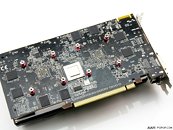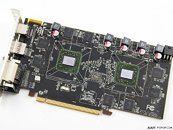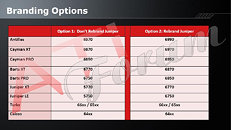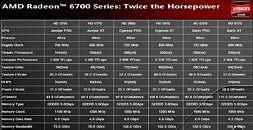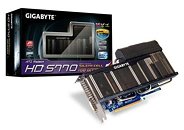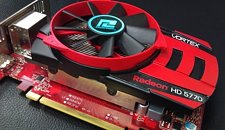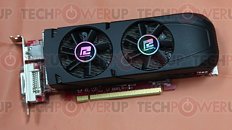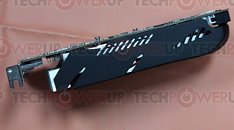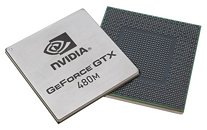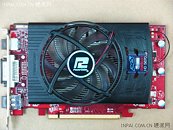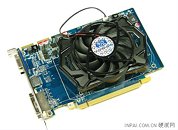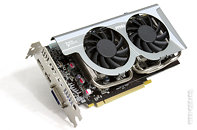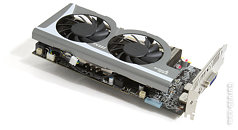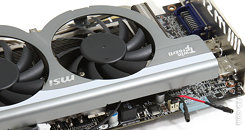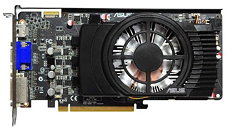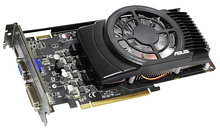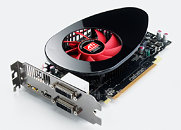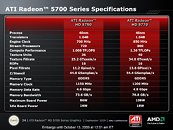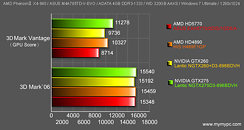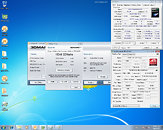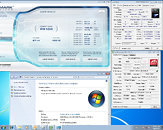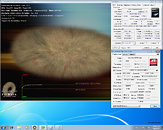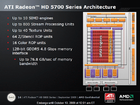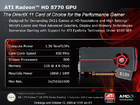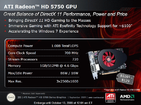Mesa Pro is the World's First IP68-rated Rugged Tablet with Active Cooling
Juniper Systems, Inc. is excited to announce that the all-new Mesa Pro Rugged Tablet is now available featuring an IP68 rating for ingress protection. The Mesa Pro is the first IP68-rated rugged tablet that uses an active cooling fan to cool the system's processor.
'This is a big moment for Juniper Systems', said Darren Hellstern, Mesa Pro product manager at Juniper Systems. 'We have a long history of offering IP68 on our rugged products. A lot of time and hard work has gone into securing the rating for Mesa Pro. Achieving this rating of ingress protection against water and dust in a tablet with a fan is an engineering challenge. Our team was up for that challenge and delivered for our customers'.
'This is a big moment for Juniper Systems', said Darren Hellstern, Mesa Pro product manager at Juniper Systems. 'We have a long history of offering IP68 on our rugged products. A lot of time and hard work has gone into securing the rating for Mesa Pro. Achieving this rating of ingress protection against water and dust in a tablet with a fan is an engineering challenge. Our team was up for that challenge and delivered for our customers'.









